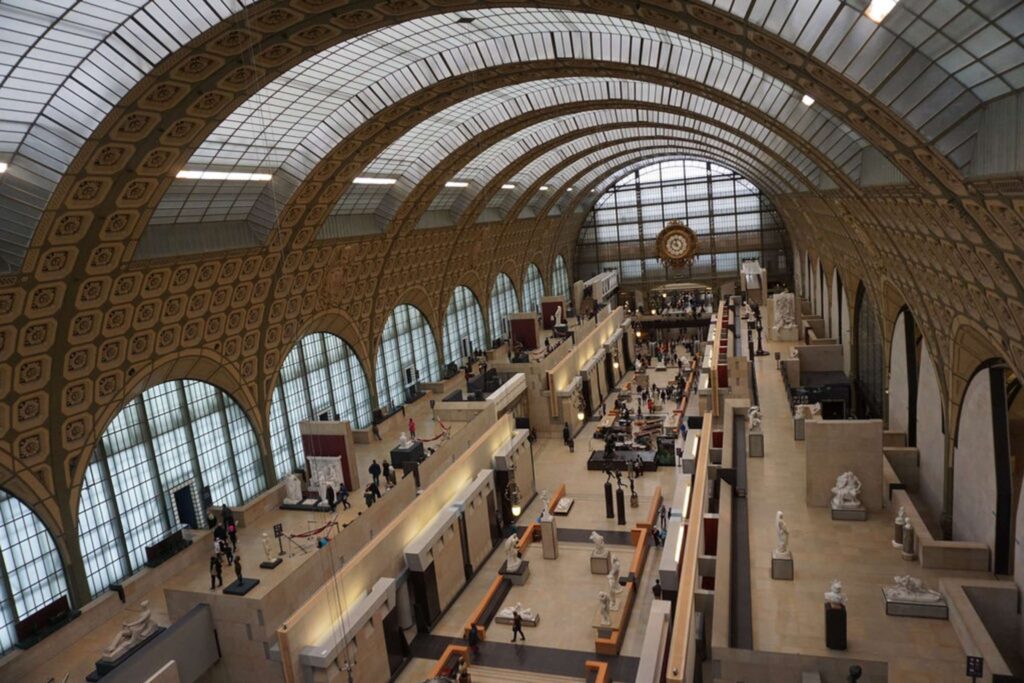
Menu

The Orsay Museum in Paris has begun an ambitious restoration project of Gustave Courbet’s monumental painting, A Burial at Ornans. This iconic 19th-century masterpiece, celebrated for its realism and emotional depth, is undergoing its first major conservation effort in over half a century. The restoration is not only a technical endeavor but also a public event designed to reconnect visitors with the historical and cultural importance of the work.
Courbet’s A Burial at Ornans, painted between 1849 and 1850, caused a stir in its day for its unflinching portrayal of a rural funeral in the artist’s hometown. Unlike the grand historical or religious scenes typical of the era, Courbet chose to depict ordinary people on a massive canvas, challenging both artistic norms and societal values. The painting became a foundational piece of the Realist movement, celebrated for its boldness and raw humanity.
After decades on display, the painting has shown clear signs of aging. Layers of varnish have yellowed, muting the vibrancy of the original colors. The canvas has developed minor warping and surface dirt has obscured the fine details. The Orsay Museum’s team of expert conservators is now carefully cleaning the surface, removing discolored varnish, and stabilizing the structure of the canvas and frame to ensure the painting’s longevity.
What sets this restoration apart is the museum’s decision to make the process visible to the public. A special viewing enclosure has been set up in the gallery, allowing visitors to observe conservators at work. This transparency is designed to foster greater appreciation for the skill, patience, and science involved in art conservation. The museum has also introduced special tours and educational programming to deepen public understanding of Courbet’s impact and the restoration techniques being used.
The project has sparked renewed interest in Courbet’s legacy and the values of the Realist movement. By breathing new life into A Burial at Ornans, the Orsay Museum not only preserves a masterpiece but reaffirms its commitment to making art history accessible and engaging for all. The restored painting, once completed, is expected to regain much of its original visual power, offering audiences a more vivid, authentic glimpse into 19th-century life through the eyes of one of France’s most daring painters.

@THE INDIAN ART COTTAGE
© The Indian Art Cottage | All Rights Reserved | 2025